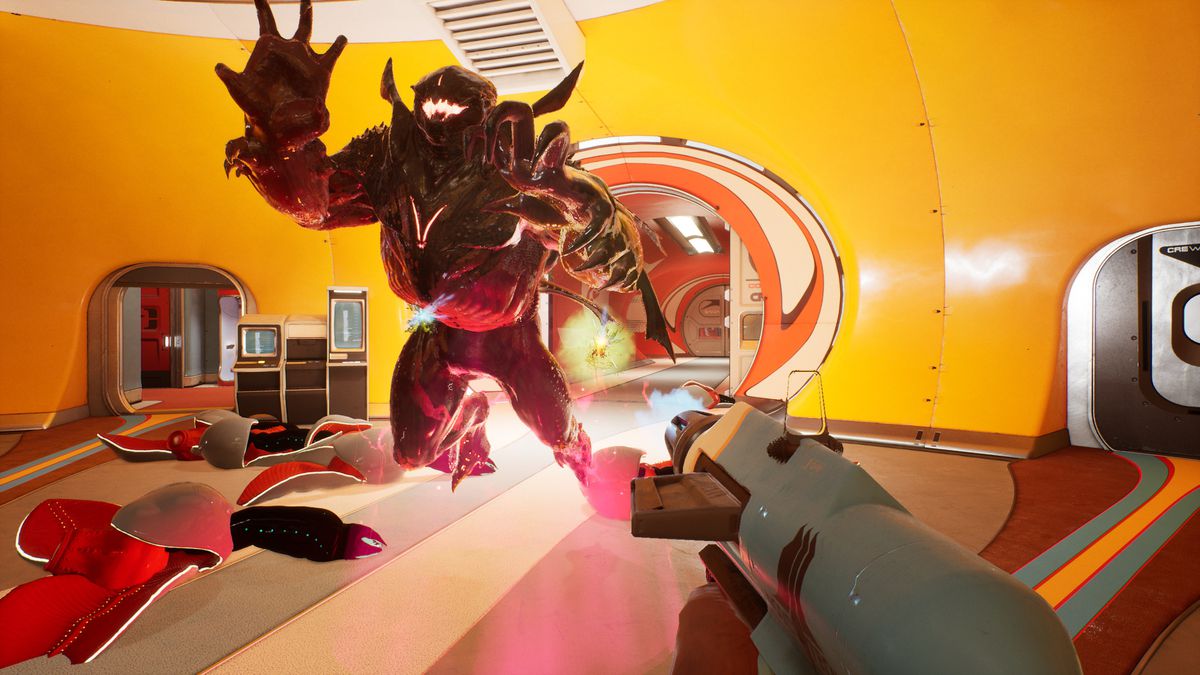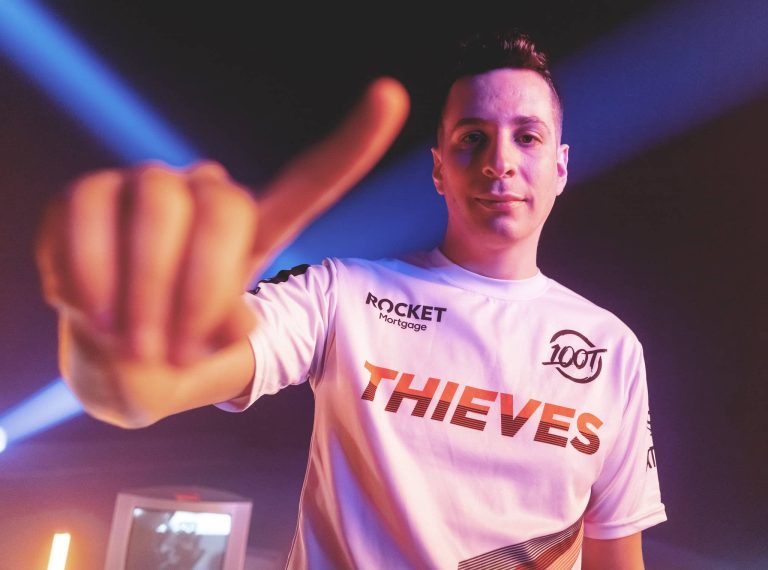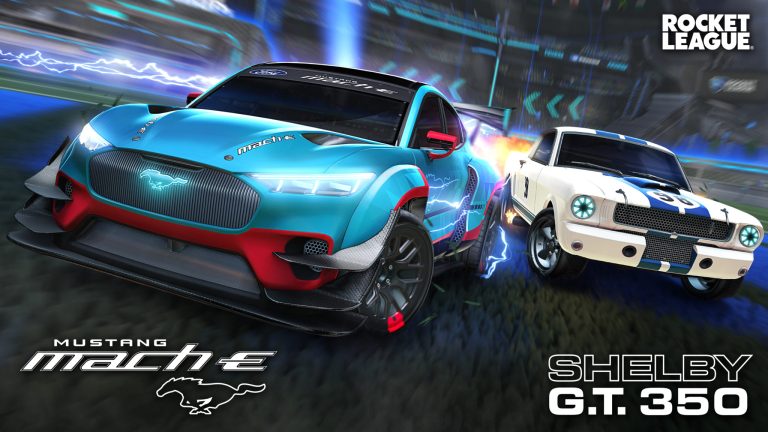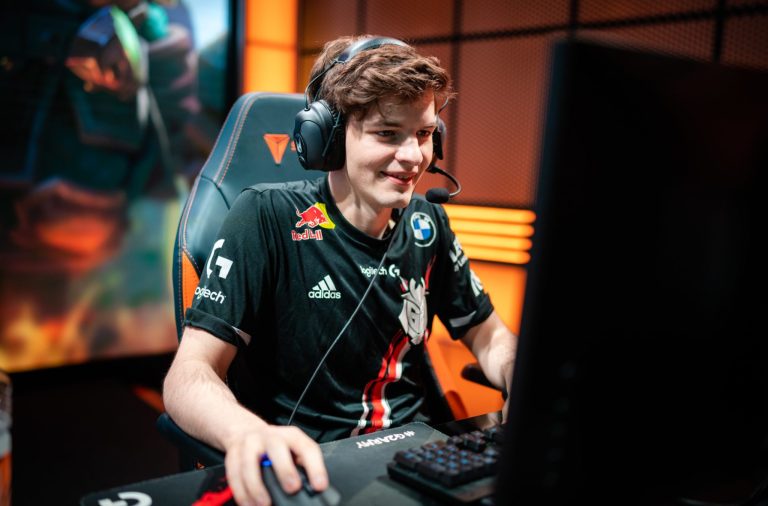Left 4 Dead’s success as a pioneering “hangout game”—the type of game you could play with friends night after night, taking it as seriously as you wanted, chatting about work or anything in the lull between horde attacks—was a fortunate accident for Valve. That’s one of the reasons Left 4 Dead 2 has lasted so long (it’s still one of the 50 or so most-played games on Steam after 12 years). The other is the game’s massive mod scene, which allows you to transform your survivors into velociraptors or explore a stunningly realistic replica of the Resident Evil home.
Both are mainstays of former Valve devs’ spiritual successor The Anacrusis, which trades zombies for aliens in a classic sci-fi milieu.
“When my co-founder, Dr. Kimberly Voll, and I first discussed this, we were discussing gaming as a communal place. And thinking about what you would do and how you would approach games if you looked at them in that light rather than as a pastime.” Chet Faliszek, a Valve employee for almost a decade, agrees. “I really like the co-op in Left 4 Dead and how players interacted with one another, and we really wanted to capture that and bring it into the current context, update a lot of what we learnt there, and take it to the next level.”
So, what does this imply? Though The Anacrusis does abandon zombies in favor of mounds of vaguely xenomorph aliens, it’s the AI behind them that Faliszek believes is crucial. “That’s one of the reasons why Kim is the ideal partner for this game in particular,” he explains. Voll holds a Ph.D. in artificial intelligence, and the “very first code” developed for The Anacrusis is how its version of the Left 4 Dead AI director would function.
Faliszek claims that the way adversaries react in this game is drastically different, according to what they learned from seeing how players interact in co-op games. This also influenced the new “special infected” analogs, such as The Spawner, an alien that will continue to create miniature turret opponents that assault you until The Spawner is slain. The Flasher messes with your perceptions and vision. The Brute, like L4D’s Tank, is a large bruiser.
Nothing novel here, but the AI driver will know when to bring all of these nasties to bear to divide up a group.
The weaponry of The Anacrusis’ sci-fi world is what I’m most interested in. In the clip above, one player throws a stasis grenade, while another uses a black hole grenade to draw a swarm of aliens into a gravity well. The weaponry featured in most of the video appears to be a dull pea shooter, but there’s also an arc rifle that fires tendrils of lightning across numerous aliens, so I’m hoping there’s a more exciting design like that waiting beyond the minute we’ve seen so far. Faliszek expects additional content to be added to the game in the future—one of the perks of sci-fi is that it expands the “craziness” of what you can do with weaponry.
Another significant departure from Left 4 Dead is the addition of a perks system, which will function much differently from, for example, Vermintide 2’s class-based leveling.
“One of the problems I’ve seen with a lot of current games is that they force you to choose your class ahead of time, and then you become stuck in this rut,” Faliszek explains. “What happens if you add some movement to it? When we were working on Left 4 Dead, Valve had just brought on the Alien Swarm crew. Alien Swarm was all about the decisions you made from the start. And I recall some internal debate about why Left 4 Dead didn’t implement some of it. My thesis was that having these tactics where you had to pick based on what you have on hand was far more exciting on the fly.”
Earning the Anacrusis’ perks will provide you with some modern meta advancement, but they will not bind you to a certain character or class. Because the social aspect is key to the design, friends who join your game will have access to the rewards you’ve acquired, so there won’t be any irritating disparity between your 40-hour account and their brand new one.
The method you locate perk prizes within stages is also designed to improve the co-op experience: you’ll discover devices called “matter compilers” spread across levels, and the entire team, not just the person who found it first, gets to utilize it.
The Anacrusis, like Left 4 Dead, will have its stages separated into episodes, and the levels themselves will not vary, albeit the placement of things and monsters will. Dr. Voll created tools to make it extremely easy to fill levels and automatically decide the AI’s pathing around geometry, which Faliszek adds will also be available to modders. When it launches later this autumn on Xbox, Steam, and the Epic Games Store, the game is intended to be moddable from the start.
I asked Faliszek whether this was going to be Early Access, given the animations on adversaries and the feeble weapon hits in the video appear unfinished. Are these aliens going to be entertaining to shoot without being dismembered as in Left 4 Dead? I hope so because The Anacrusis is keeping the gore to a minimum in order to maintain a more fun tone. And, though it will not be available on Early Access, Faliszek intends to release fresh episodes of The Anacrusis over the course of several years.
“When you undertake anything like that, you need to communicate with the players and have a clear plan. I believe that today’s athletes are astute and understand the intent of clubs to [gather information]. You may do a simple beta that says, ‘Hey, let’s see how our servers go.’ Or you can launch a beta where you say, ‘Hey, I want to see how players act and start adjusting.’ And you can do one, which is what we’re proposing: want to make sure the servers are fine, the weapons are adjusted, and if you have a magic wand, what would you like to add? … We can do it on a small scale, but what happens when you bring everyone in, receive their comments, and start building from there?”
The solution is that you get another co-op shooter, ideally one as good as Back 4 Blood and Darktide, both of which are out this year.









